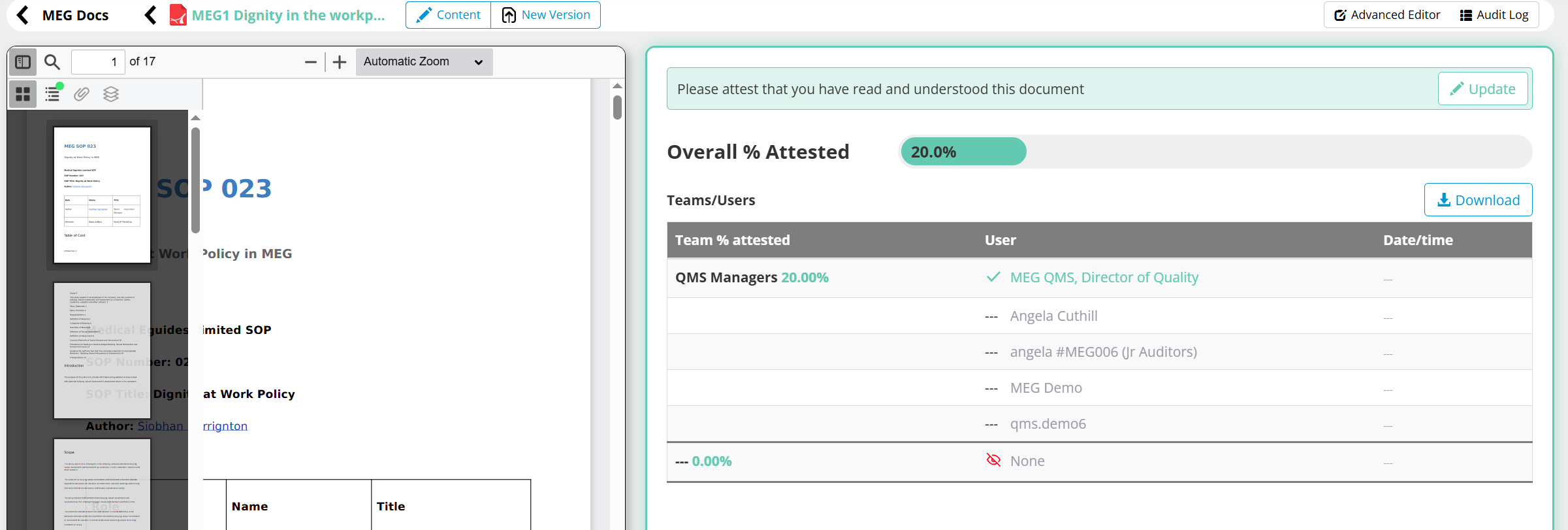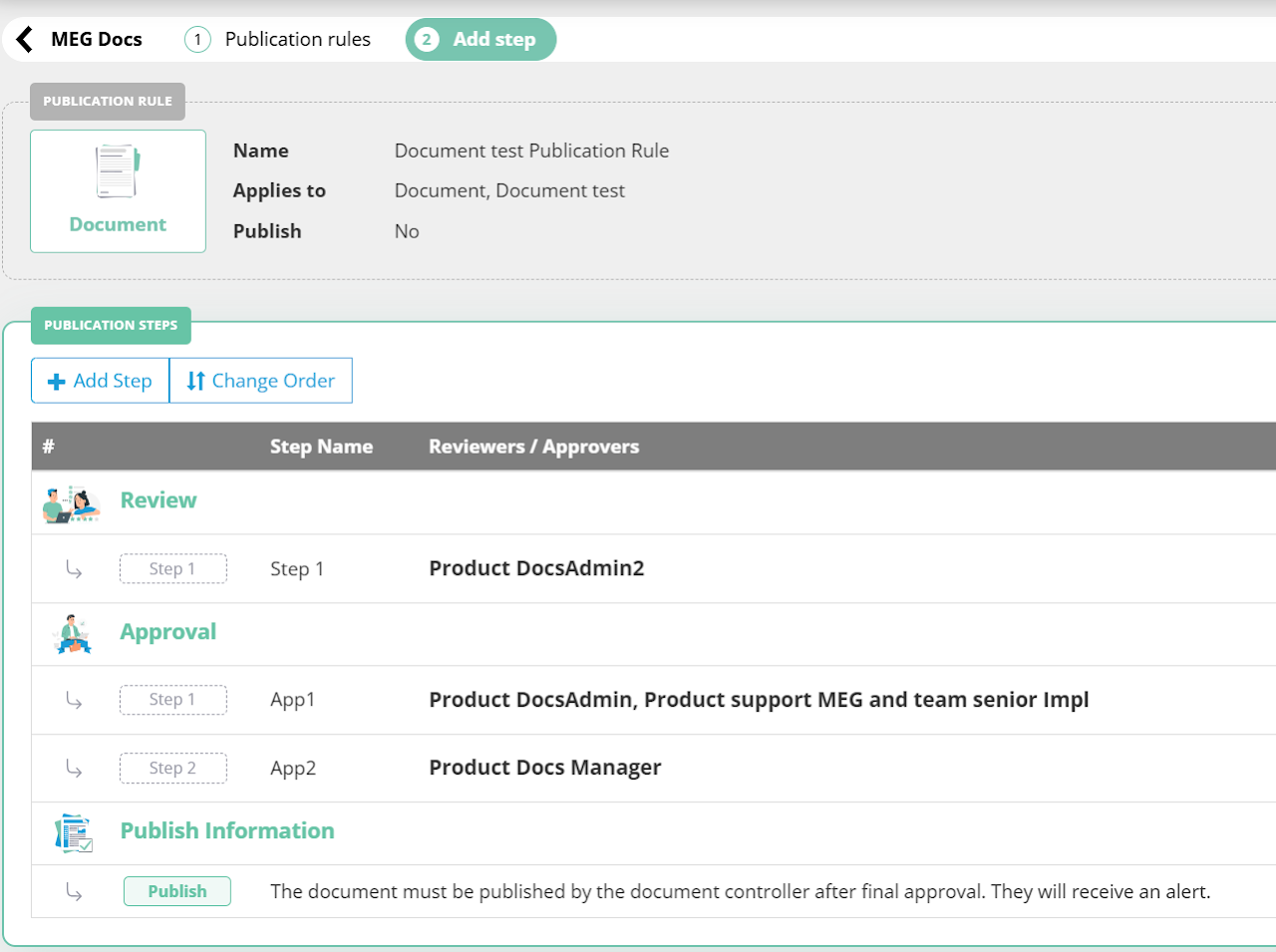In Part 1, we explored the “digital document graveyard”, those legacy systems where policies sit online but remain effectively buried, inaccessible, and untrusted. We saw how SharePoint, static repositories, and clunky intranets expose organisations to clinical, compliance, and cultural risks.
In Part 2, we turn to the solution: how healthcare organisations can move beyond storage and build document systems that function as a dynamic driver of quality and safety, reducing risk, strengthening compliance, and empowering staff with the information they need, when they need it.
Why Storage Alone Fails
Traditional approaches, whether paper binders, SharePoint folders, or siloed platforms, often fail quality leaders in three important ways:
Accountability gaps: Limited ability to prove staff have read and understood policies.
Fragmentation: Documents disconnected from audits, incidents, and risk registers.
Version confusion: Multiple versions in circulation, creating inconsistency and risk.
These issues don’t just slow governance teams down, they undermine inspection readiness and increase the risk of non-compliance.
From Storage to Quality Engine
Healthcare organisations are increasingly turning to integrated document management systems built for governance. One example is MEG’s Document Management Module, which illustrates how the shift from storage to active quality management looks in practice.
1. Integration Across Governance Functions
MEG brings documents, audits, risks, and incidents into one interoperable platform. This single source of truth reduces duplication, closes governance gaps, and ensures consistent oversight across the organisation.
2. Attestation and Accountability
Beyond distributing documents, the system tracks who has read and acknowledged them. Attestation reports show compliance by user, department, or facility, and automated reminders ensure gaps are closed.
Example of Attestation Records in MEG
3. AI-Enhanced Efficiency with Ask MEG
AI is most effective when applied to real-world problems. MEG’s in-built AI assistant - Ask MEG - allows staff to ask plain-English questions inside a policy, for example:
“What PPE is required for a patient with C. diff?”
“How do I escalate a safeguarding concern on night shift?”
The assistant responds instantly, with answers grounded in the live, approved document, never invented, always compliant.
For leaders, this means faster clarity for staff, fewer escalation delays, and evidence that policies are being understood and used.
4. Create, Collaborate, Control
Policies can be drafted, reviewed, and published within the system. Review cycles are automated, version control is enforced, and full audit trails capture every action, from approval to staff attestation.
An example of a MEG Docs publishing approval workflow
Importantly, MEG also supports a configurable publication process. Documents can include an optional review stage before final approval, giving teams more flexibility in how policies are checked and signed off. This ensures critical content is carefully reviewed by the right people before moving to formal approval and publication, improving both clarity and confidence in the process.
Comparison: MEG vs SharePoint vs Paper
Here’s how an integrated, healthcare-specific platform compares with legacy tools still used in many organisations:
While SharePoint and paper can provide basic document storage and a partial audit trail, they leave teams dependent on manual effort, vulnerable to errors, and unable to demonstrate governance reliably.
Built to Be Audit-Ready, Every Day
Modern document systems embed inspection readiness by default. With features like version control, approval logs, attestation tracking, and expiry reminders, organisations can demonstrate compliance at any time, without weeks of preparation.
This shifts governance from reactive to proactive, a key expectation of regulators and accreditation bodies such as CQC, HIQA, JCI, and the Joint Commission.
What Quality Leaders Should Ask
When considering document systems, directors of quality should ask:
Does it integrate with other governance functions?
Can it track and evidence staff accountability?
Is it built to be audit-ready, every day?
Does it help staff access answers, not just files?
These questions move the focus from administrative storage to governance leadership.
Final Thought
Document management is no longer an administrative afterthought. Done well, it underpins culture, consistency, and compliance. Done poorly, it leaves staff in the dark and organisations exposed.
The challenge for healthcare leaders is to ensure their document system isn’t just a graveyard for policies, but a dynamic driver of quality and safety.
👉 In Part 3, we’ll explore how leaders are already making this shift, drawing lessons from real-world implementations and showing how integrated systems can support a culture of continuous improvement.
Watch the On-Demand Webinar
In this post, we explored how healthcare organisations can turn document systems from static repositories into a dynamic driver of quality and safety.
For a deeper dive, watch our on-demand webinar: “Is Your Document System Driving Improvement, Or Just Storing Policies?”
Featuring Clare Harney (Head of Advisory & Education Services at Santegic) and Leonora O’Brien (Chief Growth Officer at MEG), the session explores:
How to move beyond storage and build governance-ready systems
Practical steps for integrating documents with audits, risk, and training
The role of AI and attestation in driving compliance and accountability



